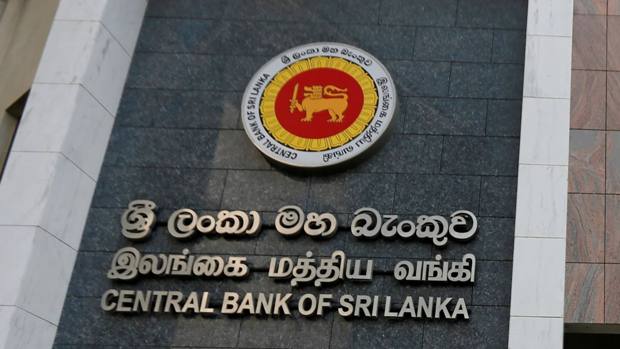COLOMBO – Sri Lanka’s central bank bought 113 million US dollars from forex markets in December 2023, taking the total collected in the year to 1.895 billion US dollars, backed by deflationary policy, official data shows.
The central bank allowed rates to go up from April 2022, in the first step to correcting a balance of payments crisis, triggered by rates cuts enforced with aggressive open market operations involving multiple liquidity tools. Sri Lanka’s monetary stability was restored around August/September 2023, and the central bank has been able to buy dollars and mop up the liquidity generated by dollar purchases.
In part, the exercise was helped by counterparty limits on bank access to central bank printed money through standing facilities.
Most banks in Sri Lanka are addicted to central bank windows, due to long-standing easy money practices, and a few foreign banks and a couple of local banks which usually have excess rupee liquidity are net sellers in the interbank forex market, analysts say.
Standing facilities or intra-day liquidity is not provided at a premium to the policy rate, (UK +2, Vietnam +1) encouraging local banks to overtrade and trigger forex shortages and monetary instability, critics say.
Sri Lanka’s central bank this week lifted the counterparty limit, which analysts say may have contributed to end the worst currency crisis triggered by liquidity tools since the central bank was set up in 1950 allowing aggressive ‘macro-economic policy’ to be implemented by denying monetary stability.
However, in 2023, amid the monetary stability provided by deflationary policy, the economy has started to recover and interest rates to fall.
Despite the collection of large volumes of reserves by the central bank and private banks which collect even more dollars (export of capital) the economy has started go through the usual cyclical recovery with the central bank also allowing the exchange rate to appreciate.
In the first year of an IMF program, with reserves being collected in the de-leveraging period, the exchange rate is on upward pressure and can allow the exchange rate to appreciate if it wishes.
The central bank allowed the rate to appreciate from around 362 to 320-30 levels in 2023 and to around 315 in the first month of 2024.
Analysts had warned that after the end of a 30-year war, the central bank has started to trigger forex shortages in the second year of an IMF program as the economy recovered, by moving back to inflationary policy, in the belief that a reserve collecting central bank can cut rates with liquidity injections.
The IMF also encourages the practice of ‘monetary policy modernization’ by transplanting floating rate style liquidity operations developed in the West to reserve collecting central banks, rejecting classical economic principles, critics say.
Floating rate central banks with a positive inflation target, do not go into forex shortages from inflationary rate cuts, but only price inflation and if rates are mis-targeted long enough, asset price bubbles, especially in property which end in banking crises.
-economynext.com



Comments are closed, but trackbacks and pingbacks are open.